
Only Climate Action Can Save Polar Bears
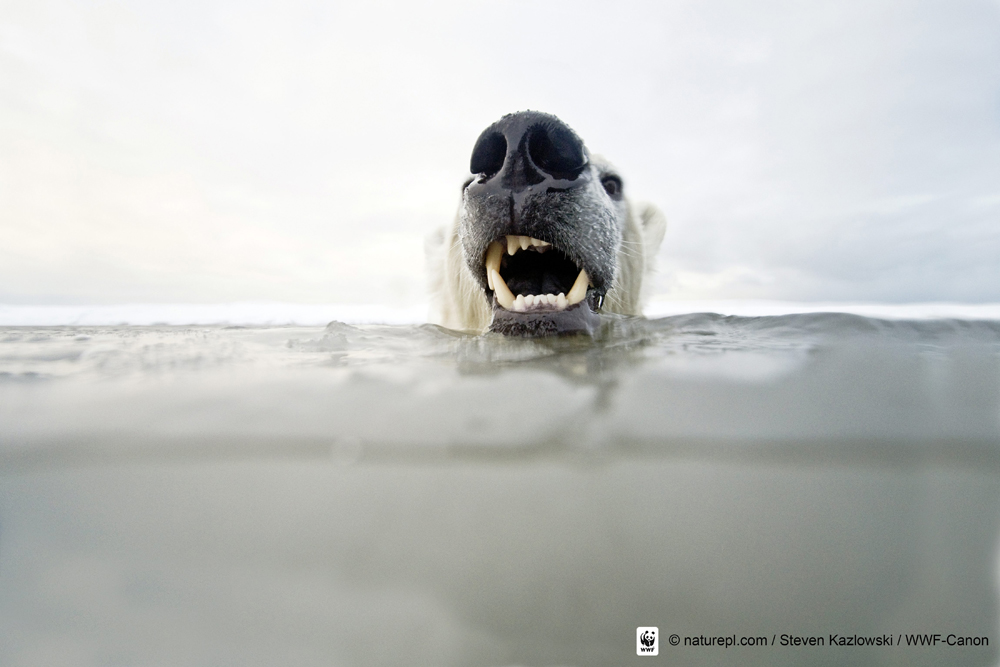
Margaret Williams, managing director of the Arctic program at World Wildlife Fund (WWF), contributed this article to Live Science's Expert Voices: Op-Ed & Insights.
Living in Alaska, I have seen firsthand that the Arctic is rapidly changing. It's always been a land of extremes (weather, daylight, terrain), but now even the tundra can catch fire.
Warming air and sea temperatures are wreaking unprecedented havoc on the landscape around the state, shrinking sea ice, increasing coastal erosion and fueling fires across Alaska's landscapes. Fires can easily start due to the increase in dry weather. The residents of this region are at serious risk of losing their homes and ways of life. This environment has also put the Arctic's unique wildlife in trouble, particularly ice-dependent species such as polar bears.
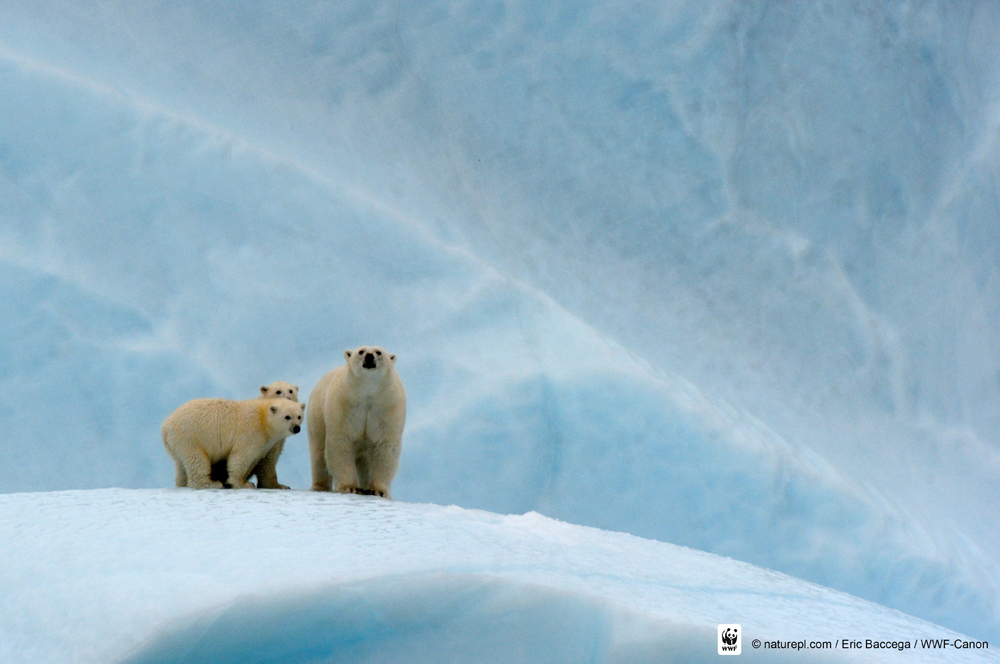
In 2008, polar bears were listed under the U.S. Endangered Species Act (ESA), specifically because of the projected effects of climate change on their habitat. Recent modeling by the U.S. Geological Survey (USGS) has also shown the need to reduce greenhouse gas emissions in the atmosphere to prevent declines in polar bear populations.
In a crucial development, on July 2 the U.S. Fish and Wildlife Service (FWS) released its draft plan to conserve polar bears, calling for timely and decisive reduction of greenhouse gas emission levels to curb climate change. Emissions reductions are the only way to curb the threat to polar bear habitat , and it is essential for the public to call for immediate action on the FWS recovery plan.
The natural need for ice
As an ice-dependent Arctic species, polar bears are especially vulnerable to changes in sea ice , which is predicted USGS to disappear before 2050. The ice-free period is expected to lengthen after that.
Sign up for the Live Science daily newsletter now
Get the world’s most fascinating discoveries delivered straight to your inbox.
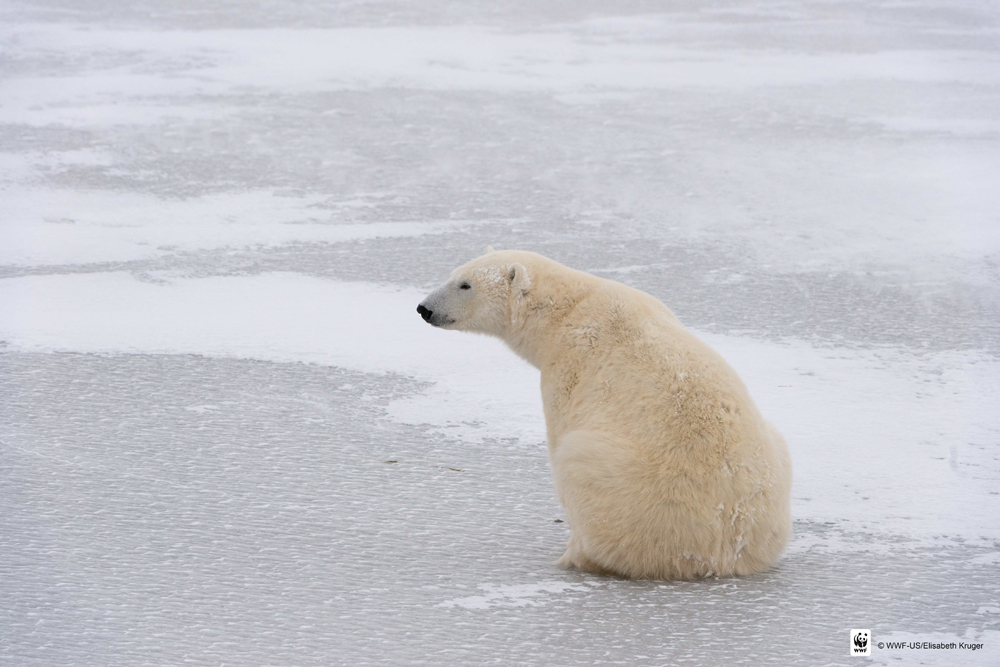
Polar bears use sea ice as a platform for hunting seals, the bears' primary prey, and when sea ice disappears in the summer, the bears must retreat to land away from those hunting areas. [Polar Bears Now Eat Dolphins, Thanks to Global Warming ]
These longer, ice-free periods mean that during the summer, polar bears will have to rely on their stores of fat. They may find a few things on land to eat, but as animals that have a huge energy requirement, they depend on the fatty, high-calorie marine mammals that also live on the sea ice. Polar bears are good at feasting while there's food, and fasting while there's not, but their fat reserves can only last so long.
Ice-free periods longer than four months will likely cause declines in polar bear populations.
Those hungry bears will look for food wherever they can, including the towns and villages of the Arctic. A polar bear's keen sense of smell will lead it to garbage dumps, stored meat and sometimes even sled dogs. These visits will often end badly for polar bears.
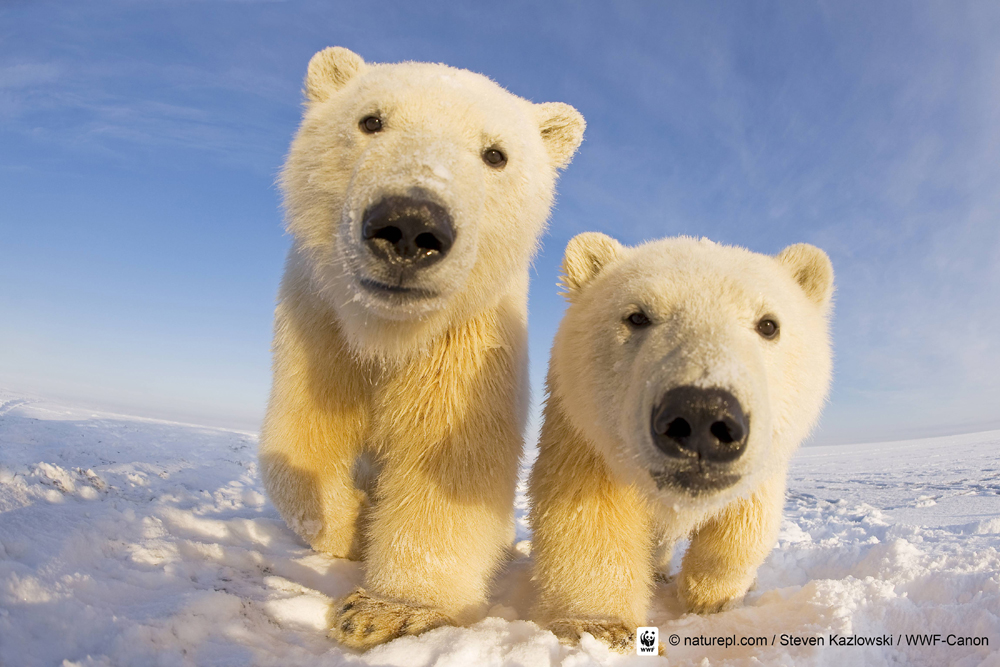
Drilling into the polar bear population
Aside from the threat of climate change, another immediate threat to polar bears is the growing push for offshore oil and gas development across the Arctic Ocean.
The U.S. government, under the Bureau of Ocean Energy Management, has just given preliminary approval for Royal Dutch Shell to conduct exploratory drilling in the Chukchi Sea, where one of the two U.S. polar bear populations lives.
The potential for spills from offshore oil and gas development is concerning. Oil spills can travel for miles in harsh Arctic waters, fouling key polar bear habitat, harming polar bear prey and stressing the entire Arctic food chain.
Unfortunately, the FWS draft polar bear recovery plan does not adequately address the clear and present threat offshore drilling poses to the Arctic, an omission that requires re-evaluation.
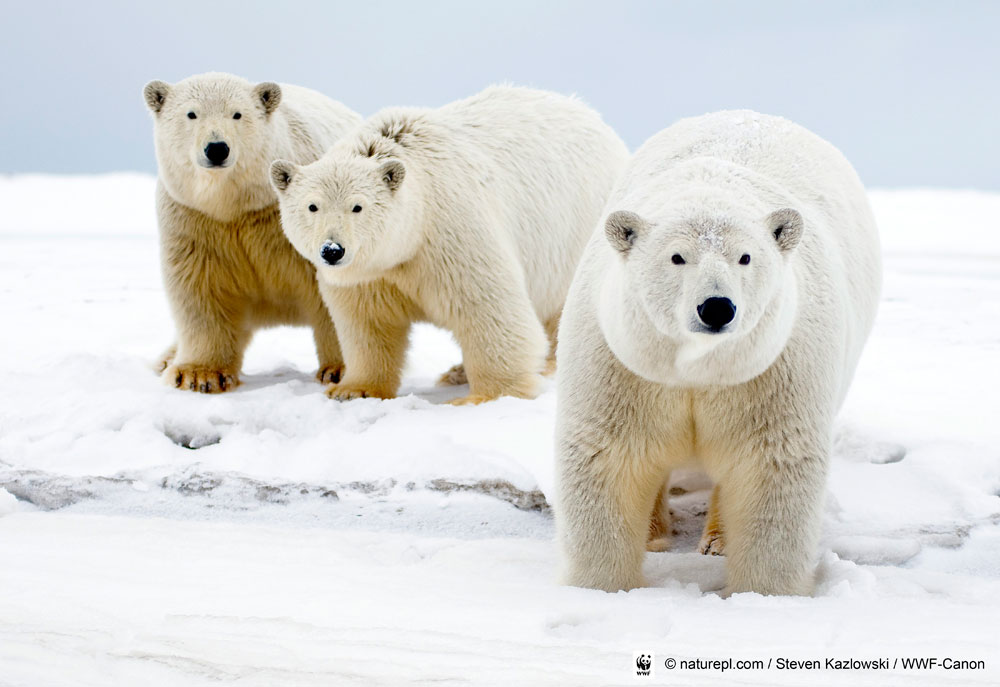
The plan rightly outlines actions for sustainable co-management of subsistence harvest, protecting habitat for denning, when the females dig maternity dens in late fall to have their cubs, managing human-polar bear conflicts and conducting further research on polar bear populations. The plan will not only be used for polar bear conservation in the United States, but will also be part of an Arctic-wide conservation action plan being developed by the five polar bear "range states:" the United States, Canada, Denmark, Norway and Russia.

A team of more than 30 polar bear experts, including WWF staff, has collaborated with FWS over the past several years to map out a path toward polar bear resiliency in the Arctic.
By recognizing and calling for the need to first address climate change, we have a chance to reduce the threats to polar bears and other Arctic inhabitants currently suffering from the regions seeming disorder. The newly announced plan will now serve as a roadmap for collective action by multiple U.S. agencies toward recovery of polar bear populations.
Follow all of the Expert Voices issues and debates — and become part of the discussion — on Facebook, Twitter and Google+. The views expressed are those of the author and do not necessarily reflect the views of the publisher. This version of the article was originally published on Live Science.










